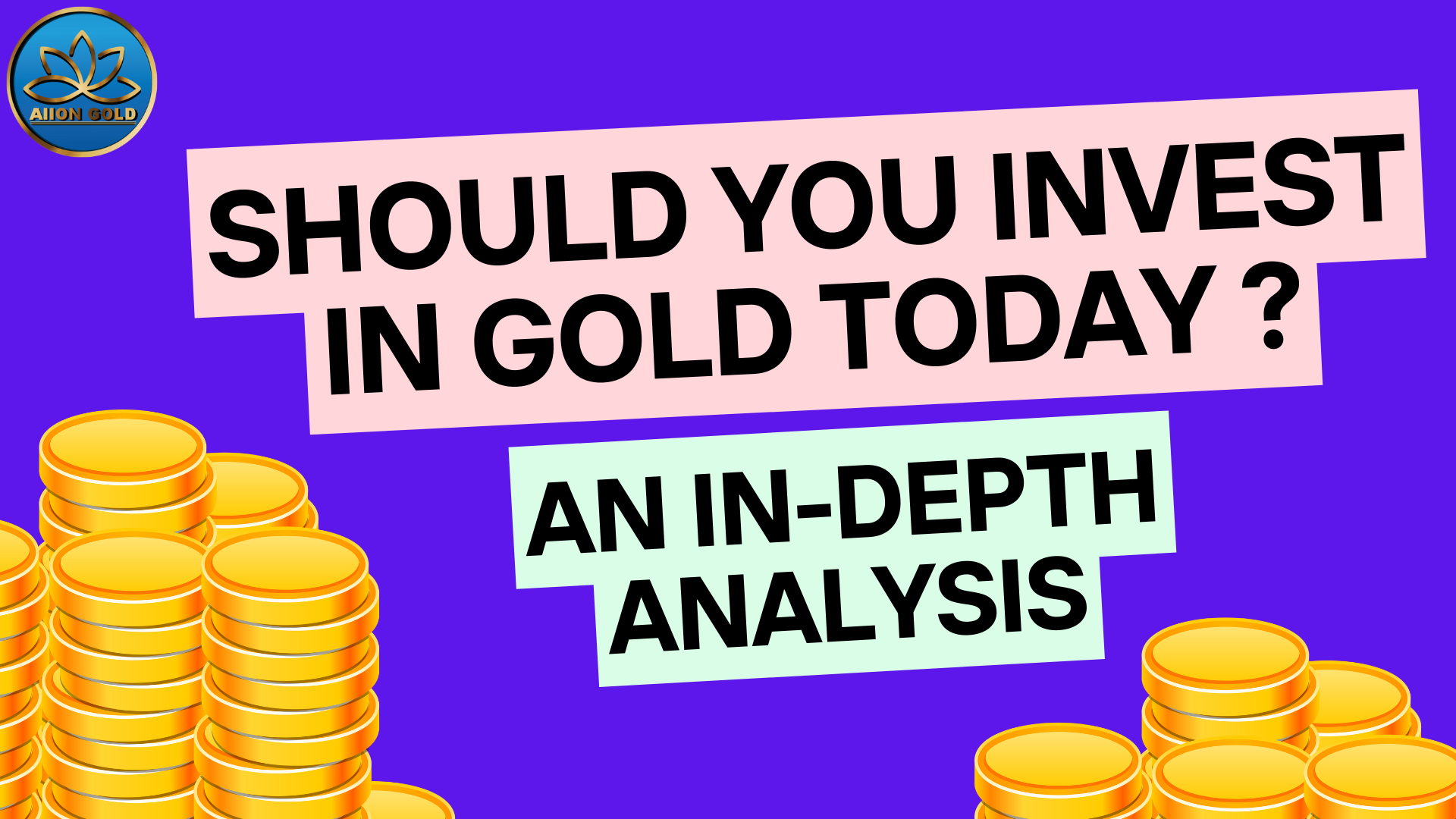In the current economic climate, investors are increasingly considering gold as a strategic addition to their portfolios. Delves into the various facets of gold investment, providing a comprehensive analysis to assist in making informed decisions.
The Current State of Gold Prices
As of February 13, 2025, gold prices have reached unprecedented levels, with spot gold trading at approximately $2,911 per ounce. This surge represents an 11% increase since the beginning of the year, following a 27% rise in 2024. The upward trajectory is attributed to factors such as geopolitical tensions, economic uncertainties, and significant purchases by central banks. citeturn0news17
Factors Driving the Surge in Gold Prices
Several key elements have contributed to the recent escalation in gold prices:
- Geopolitical Tensions: Ongoing global conflicts and trade disputes have heightened market volatility, prompting investors to seek refuge in gold as a safe-haven asset.
- Economic Uncertainty: Concerns over potential stagflation—a combination of stagnant economic growth and high inflation—have led investors to consider gold as a hedge against economic downturns. citeturn0news13
- Central Bank Purchases: Central banks worldwide have been diversifying their reserves by increasing gold holdings, further driving up demand and prices. citeturn0news16
Evaluating Gold as an Investment
When contemplating gold investment, it's essential to weigh its advantages and potential drawbacks.
Benefits of Investing in Gold
- Inflation Hedge: Gold has historically maintained its value during periods of inflation, preserving purchasing power.
- Portfolio Diversification: Incorporating gold can reduce overall portfolio risk due to its low correlation with other asset classes.
- Liquidity: Gold is a highly liquid asset, easily convertible to cash in various markets.
Potential Risks
- Price Volatility: Despite its safe-haven status, gold prices can experience significant fluctuations in the short term.
- No Yield: Unlike stocks or bonds, gold does not generate interest or dividends, which may be a disadvantage for income-focused investors.
Methods of Investing in Gold
Investors have multiple avenues to gain exposure to gold:
- Physical Gold: Purchasing gold bars, coins, or jewelry offers tangible ownership but entails storage and security considerations.
- Gold ETFs and Mutual Funds: These financial instruments provide exposure to gold prices without the need for physical storage, offering liquidity and ease of transaction.
- Sovereign Gold Bonds (SGBs): Issued by governments, SGBs offer interest payments and are linked to gold prices, combining the benefits of gold investment with the security of government backing. citeturn0search25
Strategic Considerations for Investors
Given the current high prices, a prudent approach involves:
- Gradual Investment: Implementing a systematic investment plan (SIP) allows for averaging the purchase cost over time, mitigating the impact of price volatility.
- Long-Term Perspective: Viewing gold as a long-term investment can help weather short-term price fluctuations and capitalize on its value preservation qualities.
- Diversification: Limiting gold to a portion of the investment portfolio ensures balanced exposure and risk management.
Conclusion
Investing in gold today offers both opportunities and challenges. While it serves as a hedge against inflation and economic uncertainty, potential investors must carefully consider market conditions, investment objectives, and risk tolerance. A well-thought-out strategy, possibly developed in consultation with a financial advisor, can help in making informed decisions about incorporating gold into an investment portfolio.
